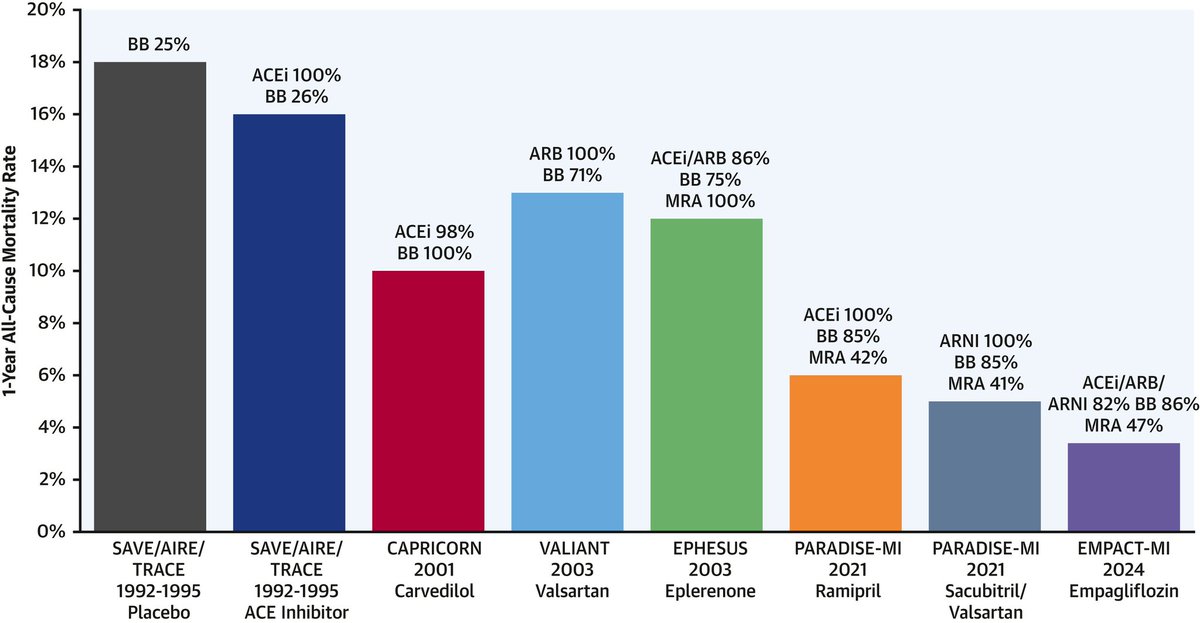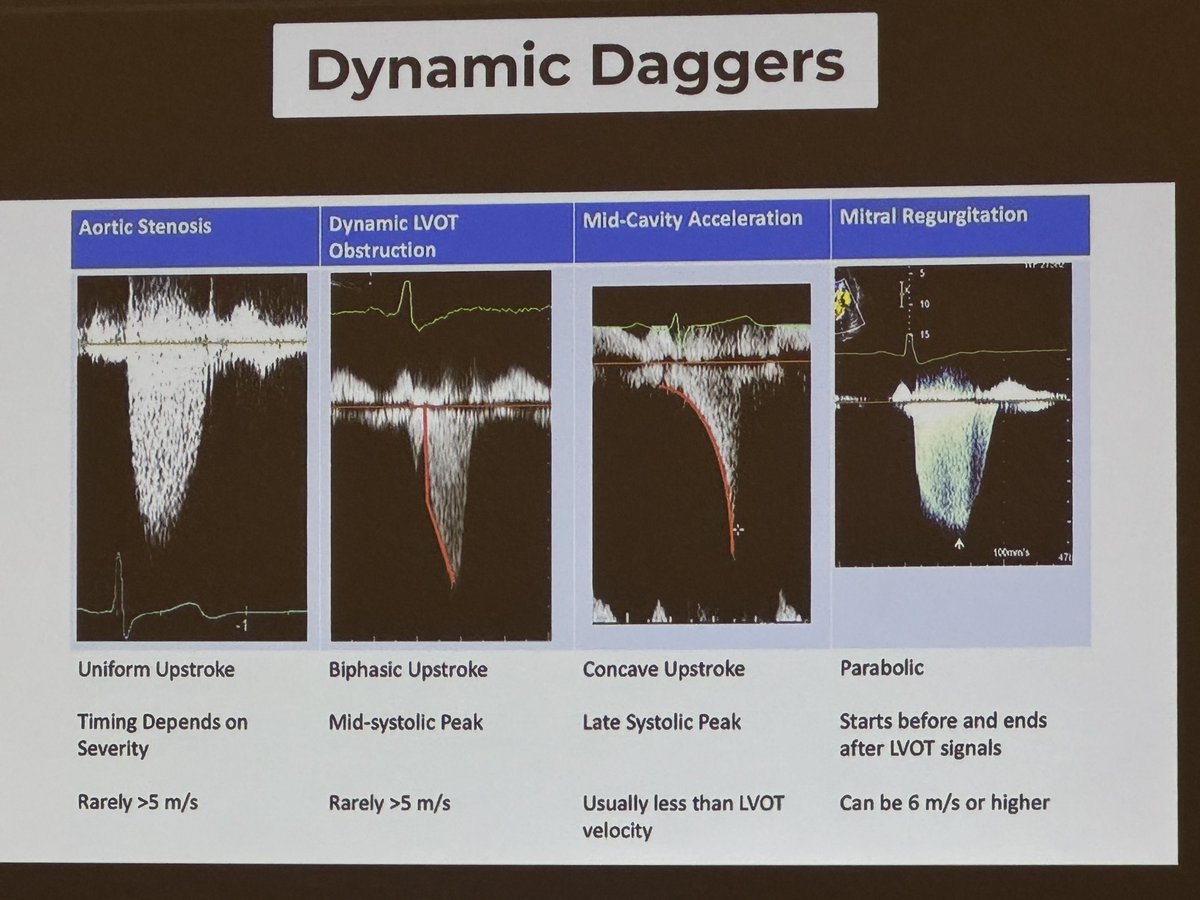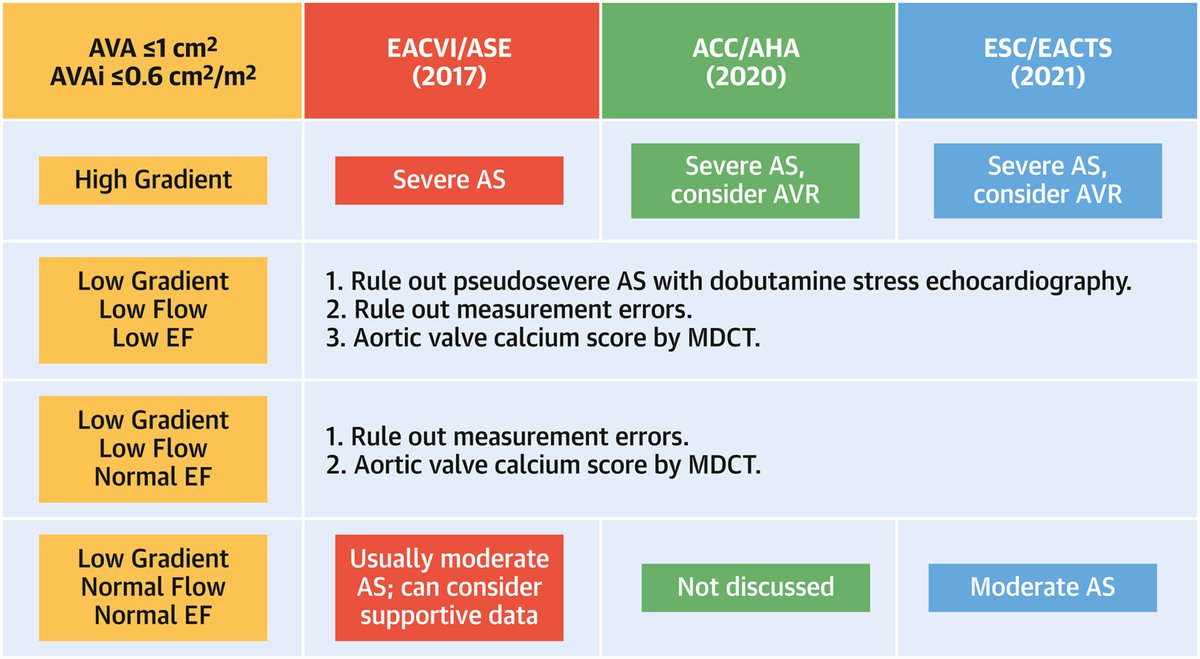
Victor Farah, MD
@victorfarah75
Advanced Cardiac Imaging, ECHO/CMR/CT, Structural and Valvular Heart Disease. FACC, FASE, FSCMR
ID: 351865225
09-08-2011 20:50:31
848 Tweet
274 Followers
170 Following

📣New Cases of Society for Cardiovascular Magnetic Resonance #WhyCMR dx isolated RV failure: What is etiology? 👇Click here for a link to the case scmr.org/page/cases24-02 🙏Please follow here for highlights 1/ Author: Shirjeel #SCMRCases Vineeta Ojha Jennifer Co-Vu, MD, FACC, FAAP, FASE Dr. Purvi Parwani Manish Motwani C Bucciarelli-Ducci





1/5 My Dx for the e' velocity of 4 cm/s is reduced myocardial relaxation, which is sine qua non of diastolic dysfunction. It is present in all forms of myocardial disease and also with aging. Let me explain its progression & how to use the information for our pts Mayo Clinic CV



🔴Where Are We With Treatment and Prevention of Heart Failure in Patients Post–Myocardial Infarction? #openaccess #2024Review JACC Journals jacc.org/doi/10.1016/j.… #internalmedicine #medicalpractice #medx #usmle #MedTwitter #cardiotwitter #FOAMed


Which Doppler profile best represents obstructive HCM? #Kahoot game at #ASE2024 Sarah Cuddy @MattPetersMD Renu American Society of Echocardiography


Another cardiology conference in the books! So much fun learning and sharing research American Society of Echocardiography Victor Farah, MD AHNIMres




This is a great summary explanation for new IM/Cardiology fellow too! Love the history perspective with the facts. Houston Methodist Cardiovascular Fellowships CardioNerds















